The relationship between humans and their pets has always been a fascinating subject of study. Dogs wag their tails when their owners come home, cats purr when their favorite humans pet them, but what about reptiles? Specifically, do lizards recognize and form bonds with their owners? This question intrigues many reptile enthusiasts who notice their scaly companions seemingly responding to their presence. While lizards may not show affection in ways we easily recognize, emerging research and countless owner experiences suggest there may be more to these relationships than previously thought. Let’s explore the complex world of lizard cognition, behavior, and the potential for human-reptile bonding.
The Science of Lizard Cognition
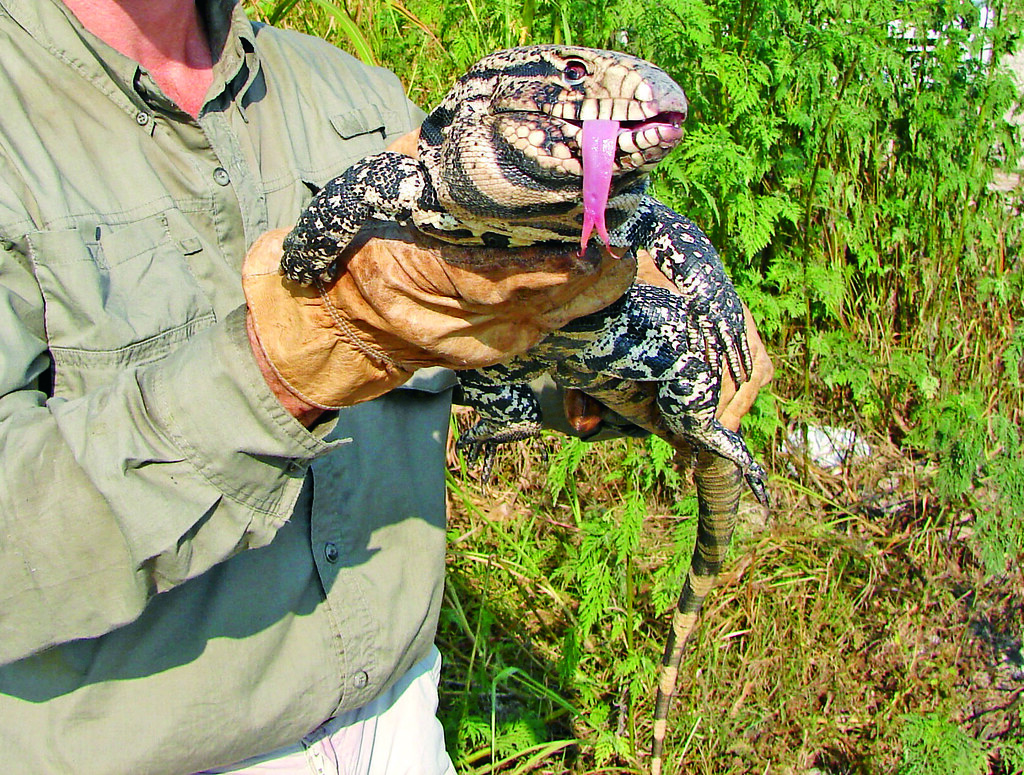
Lizard brains differ significantly from mammalian brains, particularly in the development of the cerebral cortex, which handles complex thought processes in mammals. However, this doesn’t mean lizards lack cognitive abilities altogether. Research has shown that many reptile species possess remarkable spatial memory, problem-solving skills, and learning capabilities.
Studies conducted at the University of Tennessee found that some lizard species can navigate complex mazes and remember solutions to problems they’ve previously encountered. Their cognitive abilities evolved to help them survive in their natural habitats, allowing them to remember food sources, hiding spots, and potential threats. These same cognitive mechanisms may enable them to recognize and remember human caregivers, even if their recognition functions differently than in mammals.
How Lizards Perceive Their Environment
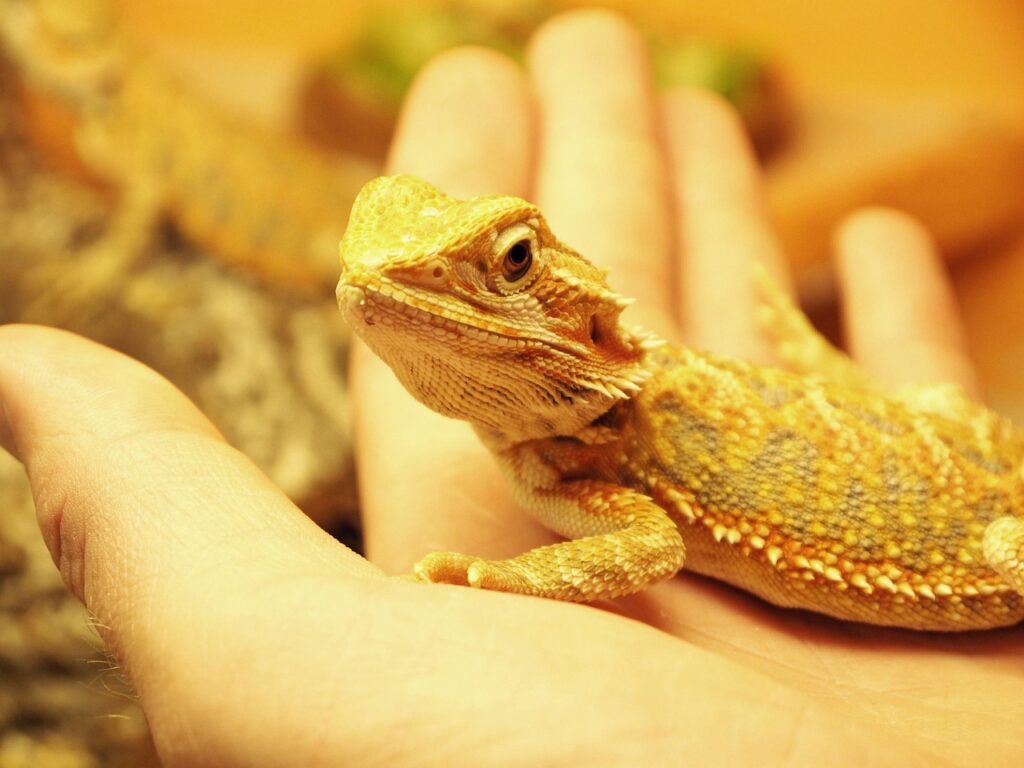
Understanding how lizards recognize their owners begins with understanding how they perceive the world around them. Lizards rely heavily on their sensory systems, which include vision, smell, and in some species, specialized heat-sensing organs. Many lizard species have excellent color vision that often surpasses human capabilities, allowing them to distinguish between different people based on visual cues like size, shape, and clothing colors.
Their chemosensory abilities, primarily through their Jacobson’s organ and tongue-flicking behavior, help them identify specific scent profiles that could be associated with individual humans. Some species, like bearded dragons, may even respond to voices and sounds, suggesting they might recognize their owners through auditory cues as well. This multi-sensory perception creates a complex picture of how lizards might identify familiar humans in their environment.
Behavioral Signs of Recognition
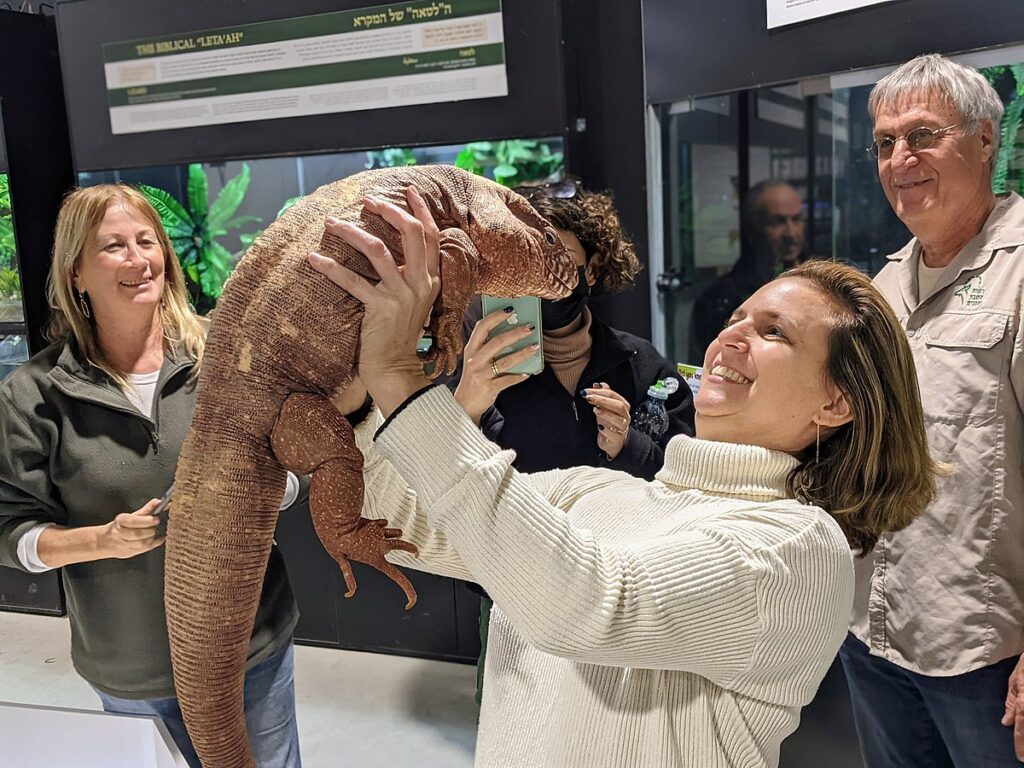
Lizard owners often report behavioral changes that suggest their pets recognize them. These signs can include approaching the front of the enclosure when the owner enters the room, displaying reduced stress behaviors compared to when strangers are present, or even climbing onto a familiar person more willingly than an unfamiliar one.
Some bearded dragons may bob their heads or wave their arms in greeting, while certain monitor lizards might come when called or follow their owners around a room. Tegus, known for their higher cognitive abilities among lizards, have been documented seeking out physical contact with their regular caretakers.
While these behaviors might not mirror the enthusiasm of a dog greeting its owner, they represent significant deviations from how lizards typically react to novel or threatening stimuli, suggesting some level of recognition and even preference.
Familiarity Versus True Recognition
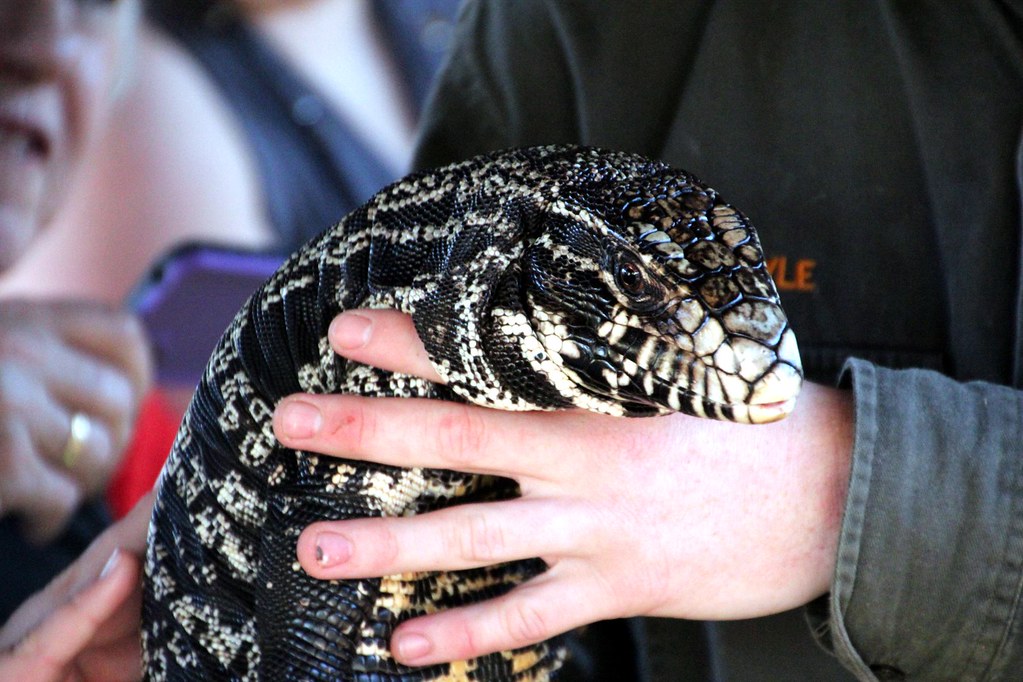
An important distinction exists between simple familiarity and genuine recognition in lizards. Familiarity refers to a lizard becoming habituated to regular human presence and showing reduced fear responses as a result. This doesn’t necessarily mean the lizard distinguishes between different people. True recognition, on the other hand, involves the lizard actually identifying specific individuals and responding differently to them compared to others.
Researchers at the University of Lincoln conducted experiments showing that some lizard species, particularly those with higher cognitive abilities like tegus and monitors, can distinguish between their primary caretakers and strangers. The study measured stress hormones and approach behaviors, finding significant differences in how these lizards responded to familiar versus unfamiliar humans. This suggests that at least some lizard species go beyond simple habituation to form specific associations with their regular caretakers.
Species Differences in Recognition Abilities
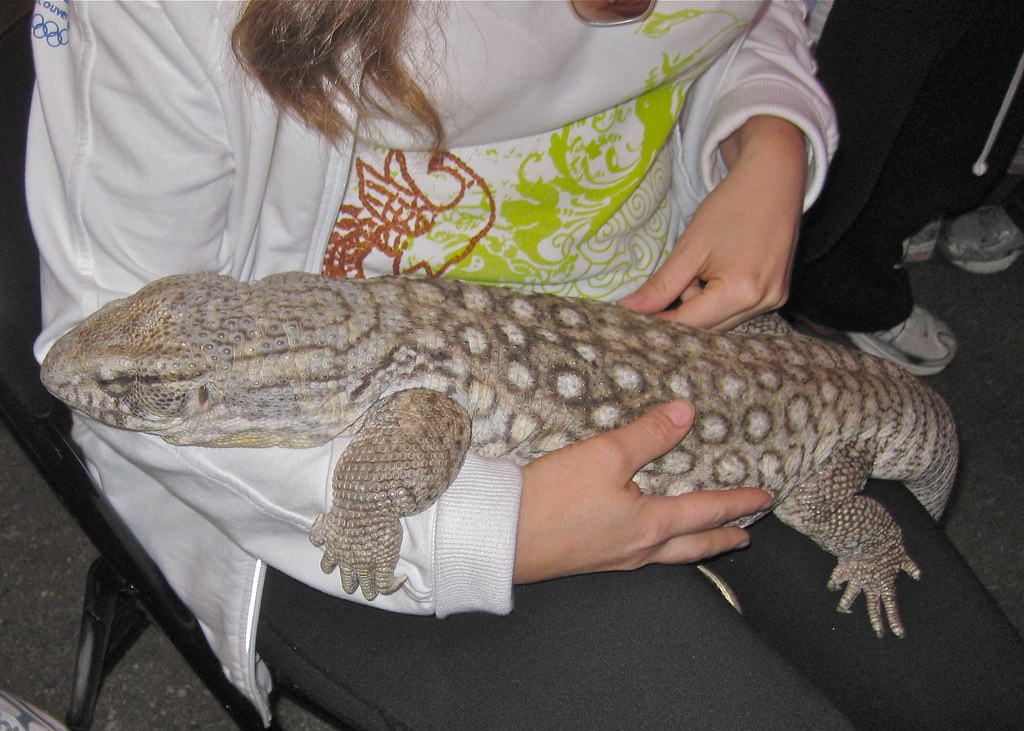
Not all lizards are created equal when it comes to human recognition abilities. Species with larger brain-to-body ratios and more complex social structures in the wild tend to demonstrate greater recognition capabilities. Tegus and monitor lizards, for instance, are often cited as the most “owner-aware” lizard pets, with numerous documented cases of these animals distinguishing between different human handlers.
Bearded dragons also frequently show recognition behaviors, responding differently to their owners versus strangers. On the other end of the spectrum, smaller species like anoles or geckos may show less obvious signs of recognition, though even these species can become accustomed to regular handling. The evolutionary history of each species plays a significant role in their cognitive capabilities, with those that evolved more complex social behaviors or hunting strategies typically showing greater capacity for human recognition.
The Role of Consistent Handling
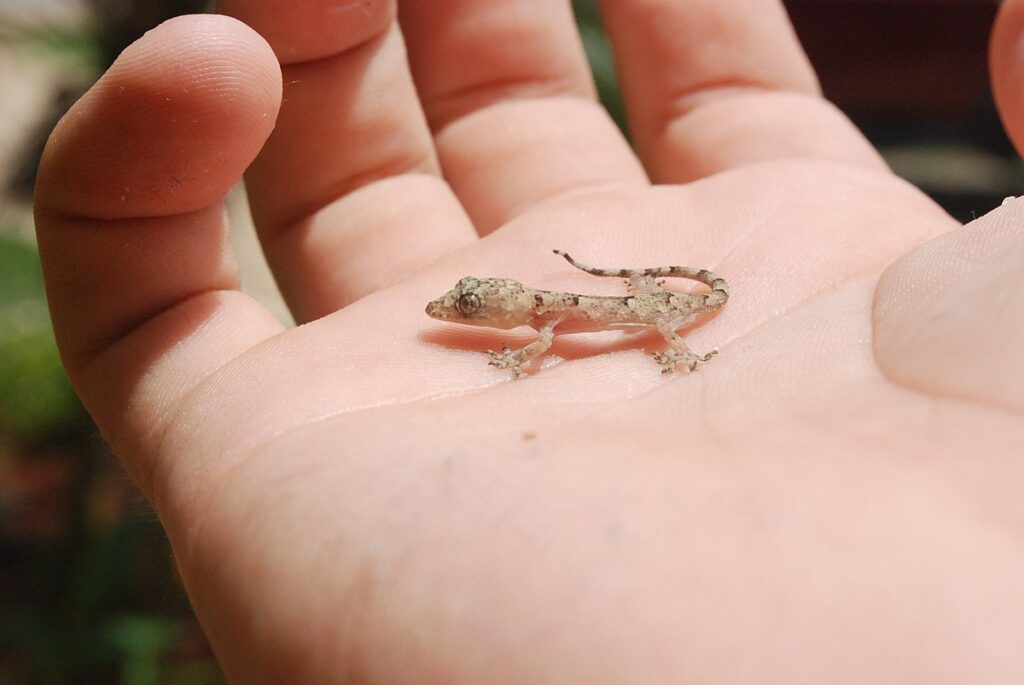
Regular, gentle handling plays a crucial role in developing recognition behaviors in pet lizards. Reptiles that are handled consistently by the same person often develop what appears to be recognition through a combination of classical conditioning and habituation. The timing of handling is particularly important – lizards handled during their active periods are more likely to form positive associations with their handlers.
A study from the University of Veterinary Medicine in Vienna found that lizards handled regularly from a young age showed significantly reduced stress responses to human interaction compared to those handled inconsistently or starting at an older age. This consistent interaction creates opportunities for the lizard to become familiar with their owner’s scent, appearance, and handling style, potentially facilitating recognition. Many experienced reptile keepers recommend short, positive handling sessions several times weekly to build trust and recognition.
Food Association and Recognition
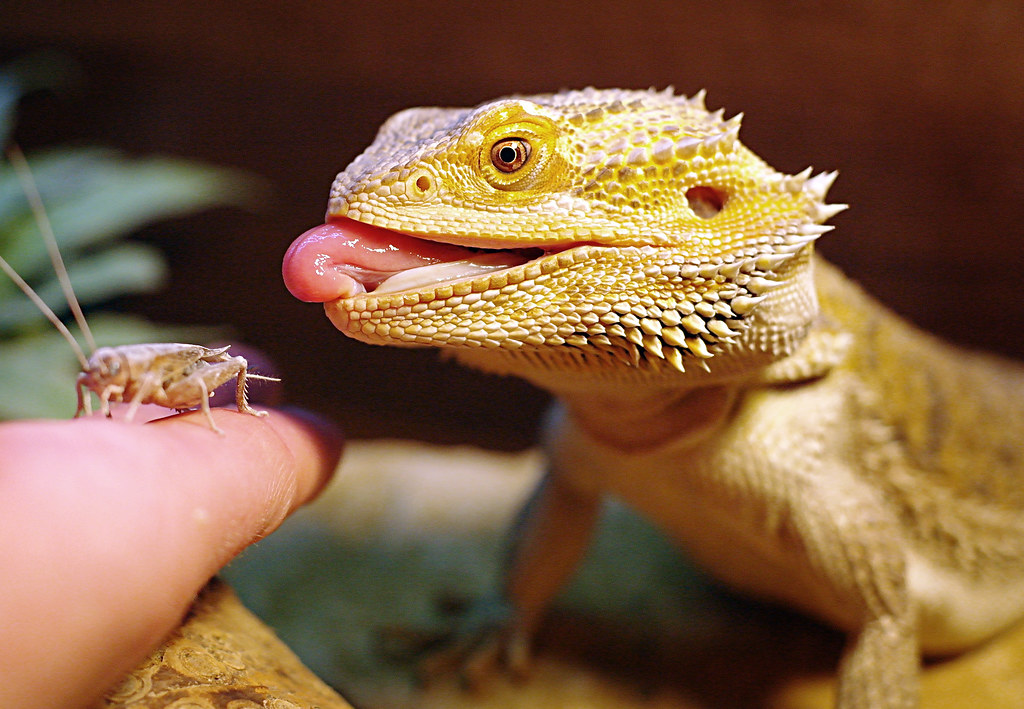
Many lizard owners report that their pets seem to recognize them most strongly around feeding time, raising questions about whether lizards truly recognize their owners or simply associate them with food. This phenomenon, known as classical conditioning, involves the lizard learning to associate their owner’s presence with the positive reward of food.
Experiments conducted at the University of Melbourne demonstrated that many lizard species can form strong associations between visual cues (like a specific person) and food rewards within just a few repetitions. While food association certainly plays a role in apparent recognition behaviors, studies comparing lizard responses to their regular feeders versus unfamiliar people offering food suggest there’s more to the relationship than simple food conditioning. Many lizards still show preference for their regular caretakers even when food isn’t involved, indicating recognition extends beyond mere feeding associations.
Comparing Lizard Recognition to Other Pets
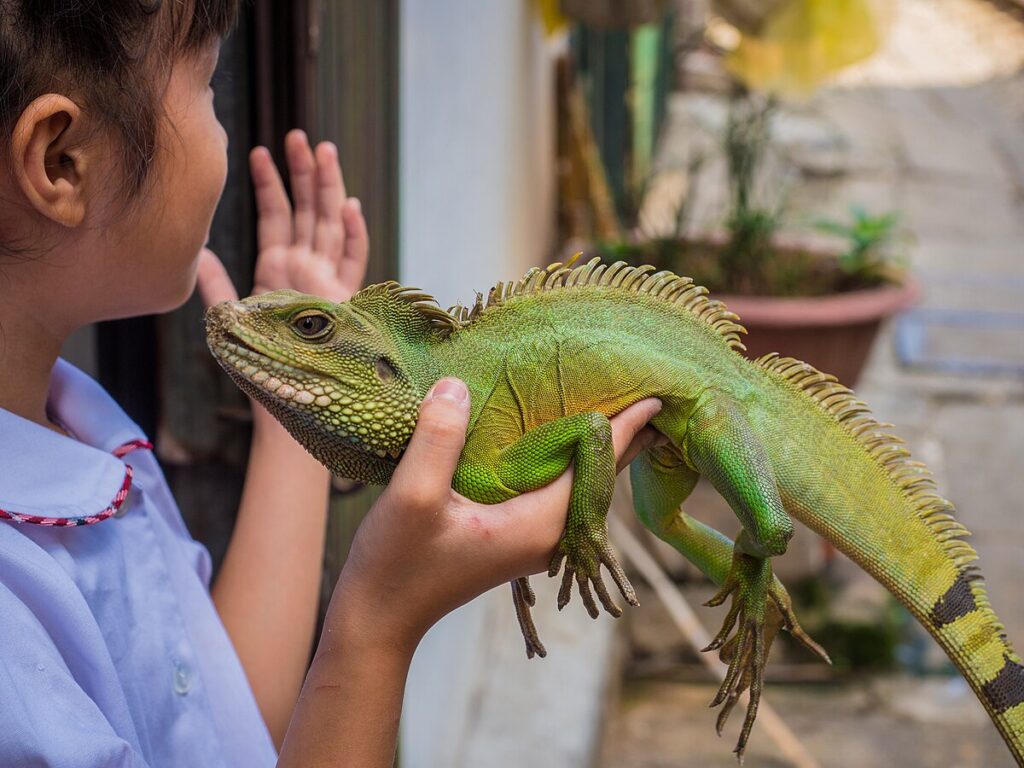
When comparing lizard recognition capabilities to those of traditional pets like dogs and cats, it’s important to adjust expectations based on evolutionary differences. Dogs have co-evolved with humans for at least 15,000 years, developing specific neural pathways dedicated to human face recognition and emotional bonding.
Cats, while less selectively bred for human companionship, still possess mammalian brain structures that facilitate social bonding. Lizards, having evolved along a completely different evolutionary branch, lack these specialized neural adaptations for social bonding.
However, this doesn’t mean lizards are incapable of forming connections – they simply do so differently. Recent comparative cognition studies suggest that reptile recognition abilities may be more sophisticated than previously thought, though expressed through behaviors appropriate to their species rather than mammalian displays of affection. Understanding these differences helps set realistic expectations for lizard-human relationships.
The Trust-Building Process
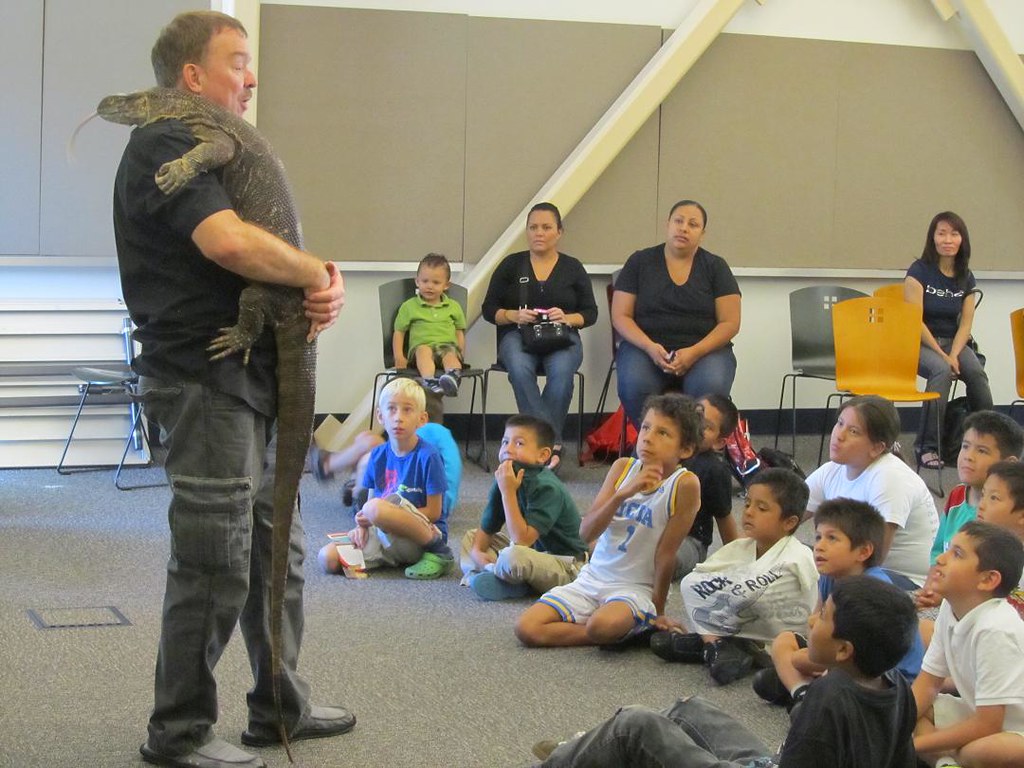
Building trust with a lizard is a gradual process that directly influences their recognition behaviors toward owners. Initially, most lizards view humans as potential predators, triggering defensive responses like tail dropping, puffing up, or fleeing. Through consistent, gentle interactions, lizards can learn that their human handlers don’t pose a threat.
This trust-building process follows a relatively predictable pattern: first, the lizard tolerates human presence without showing stress behaviors; next, they accept handling without defensive reactions; finally, they may actively seek interaction.
A long-term study of bearded dragons at the University of Lincoln found that trust-building typically takes between 3-6 months of regular interaction, though this varies by individual and species. Once trust is established, recognition behaviors become more pronounced, with lizards often showing preference for their trusted handlers over strangers.
Emotional Capacity in Reptiles

The question of whether lizards can truly bond with their owners connects to the broader scientific question of reptilian emotional capacity. Traditional views held that reptiles were incapable of emotions beyond basic drives like fear and aggression. However, modern neuroscience has begun challenging this perspective, with growing evidence that reptiles possess more sophisticated emotional lives than previously recognized.
Studies examining the limbic systems of reptiles have identified structures analogous to those governing emotional responses in mammals, though less complex. Research at the University of Tennessee has documented physiological changes in reptiles consistent with positive emotional states during pleasant physical contact.
While reptiles likely don’t experience emotions identical to human affection, mounting evidence suggests they may form positive associations with specific humans that could be considered a reptilian version of attachment. This emerging understanding helps explain the apparently affectionate behaviors some owners observe in their lizard companions.
Creating Positive Associations

Owners can actively foster recognition and positive associations with their lizard pets through thoughtful interaction strategies. Approaching the enclosure slowly and at eye level rather than from above (which mimics predator approaches) helps reduce stress during interactions. Hand-feeding favorite treats creates positive associations with the owner’s scent and appearance.
Many experienced reptile keepers recommend establishing consistent routines, as lizards are highly sensitive to patterns and may recognize their owners partly through predictable behaviors. Environmental enrichment activities supervised by the same person can also strengthen recognition, as the lizard associates novel positive experiences with their caretaker.
Temperature is another important factor – handling lizards when they’re at optimal body temperature improves their cognitive function and makes positive association formation more likely. These techniques collectively help lizards distinguish their owners from other humans and form what appears to be recognition-based preferences.
Owner Testimonials and Anecdotal Evidence
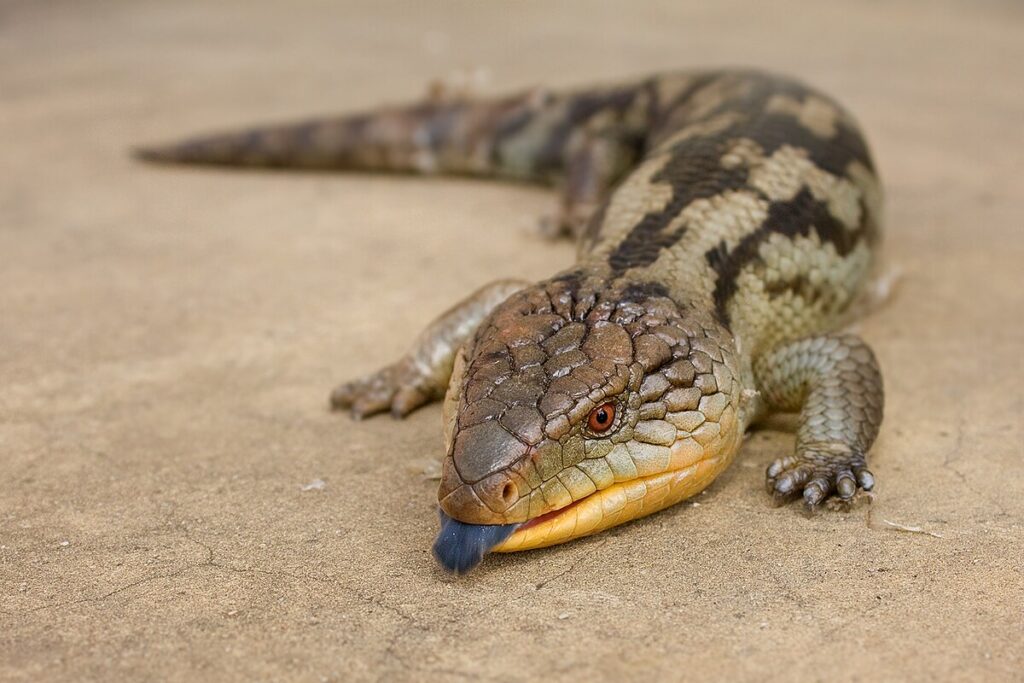
While scientific studies on lizard recognition continue to evolve, countless owner testimonials provide compelling anecdotal evidence for lizard recognition abilities. Reports from long-term bearded dragon owners frequently describe their pets running to the front of their enclosures when they enter the room, yet remaining still when strangers approach.
Blue tongue skink keepers often note how their lizards willingly approach them for handling while actively avoiding unfamiliar people. Perhaps most convincingly, many tegu owners document their pets following them around like dogs, coming when called by name, and even seeking affection through physical contact.
A comprehensive survey conducted by the Reptile Appreciation Society collected over 500 owner testimonials, finding that 78% of respondents with lizards owned for more than two years reported behaviors consistent with owner recognition. While anecdotal evidence must be interpreted cautiously, the sheer volume and consistency of these reports across different species suggest that lizard recognition of owners is a genuine phenomenon worthy of further scientific investigation.
The Future of Reptile Cognition Research
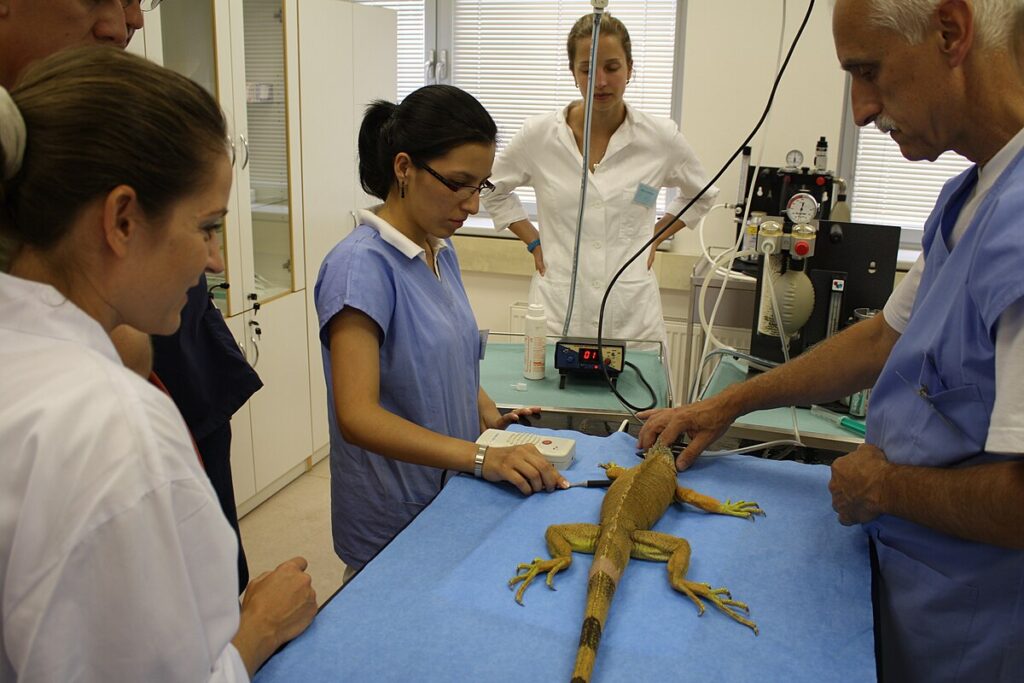
The field of reptile cognition, including their capacity for owner recognition, stands at an exciting frontier in animal behavior research. New technologies like miniaturized neuroimaging equipment and refined behavioral testing protocols are enabling researchers to study reptile cognition with unprecedented detail.
Current research at institutions like the Cold Spring Harbor Laboratory is using functional MRI to observe brain activity in lizards exposed to their regular handlers versus strangers, potentially providing direct evidence of recognition at the neural level. Other researchers are employing eye-tracking technology to determine if lizards focus on the same facial features when viewing familiar versus unfamiliar humans.
As these studies progress, our understanding of lizard recognition capabilities will undoubtedly become more nuanced. The growing interest in reptile cognition also reflects broader shifts in how science views animal intelligence, moving away from mammal-centric models to appreciate the diverse ways different species perceive and interact with their environments.
Practical Implications for Lizard Owners
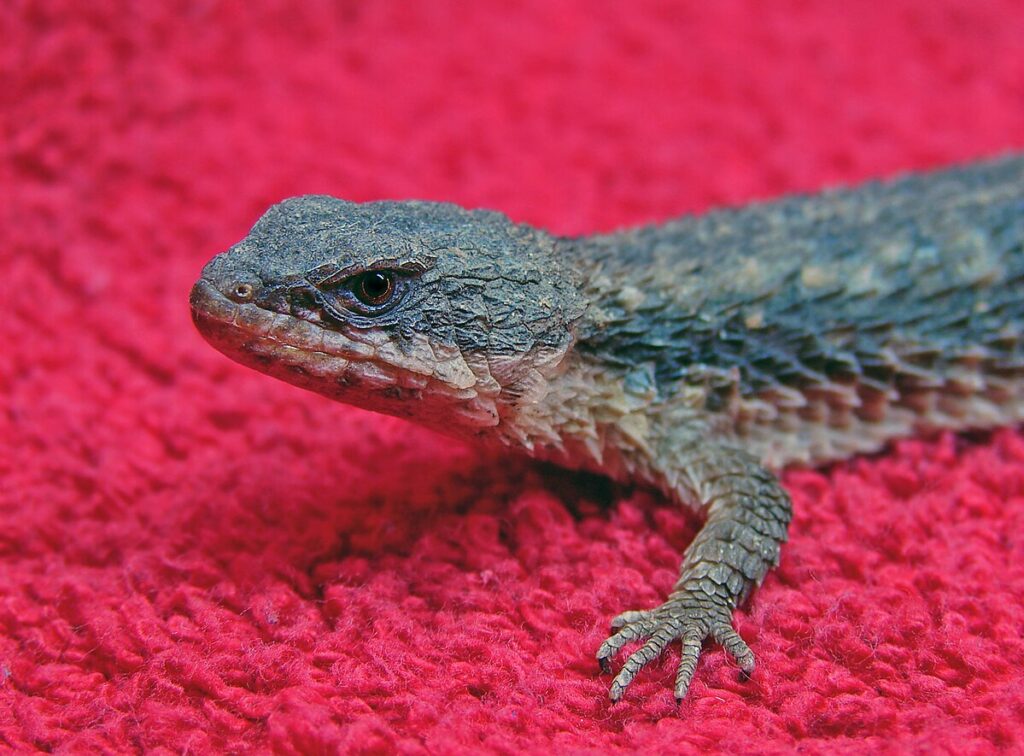
Understanding lizard recognition capabilities has practical implications for reptile owners seeking to build relationships with their scaly companions. Owners who recognize the potential for their lizards to distinguish them from others often report more satisfying pet relationships and better husbandry outcomes.
Consistent handling by the same individual, especially during critical periods like after bringing a new lizard home, can reduce stress and establish positive recognition patterns. For households with multiple potential caretakers, establishing primary handling routines with one person before gradually introducing others may help lizards develop broader recognition capabilities.
When introducing a lizard to new people, having the trusted owner present initially can reduce stress and facilitate positive associations. For lizard species known to show stronger recognition abilities, like tegus and monitors, owners can leverage this capacity through name training and consistent handling to develop more interactive relationships. These practical approaches, informed by our understanding of lizard recognition, can enhance the human-reptile bond and improve overall welfare for pet lizards.
The question of whether lizards recognize their owners doesn’t have a simple yes or no answer. Rather, the evidence suggests a spectrum of recognition abilities across different lizard species, influenced by factors including brain complexity, evolutionary history, and individual experience. While lizards may not form attachments identical to those of dogs or cats, many species demonstrate behaviors consistent with recognizing and preferring their regular caretakers.
As research continues to illuminate the fascinating cognitive capabilities of these ancient creatures, reptile owners can take satisfaction in knowing that the relationship they perceive with their scaly companions likely has genuine biological basis. The bond between human and lizard may be expressed differently than with traditional pets, but that makes it no less real or meaningful to both parties involved.

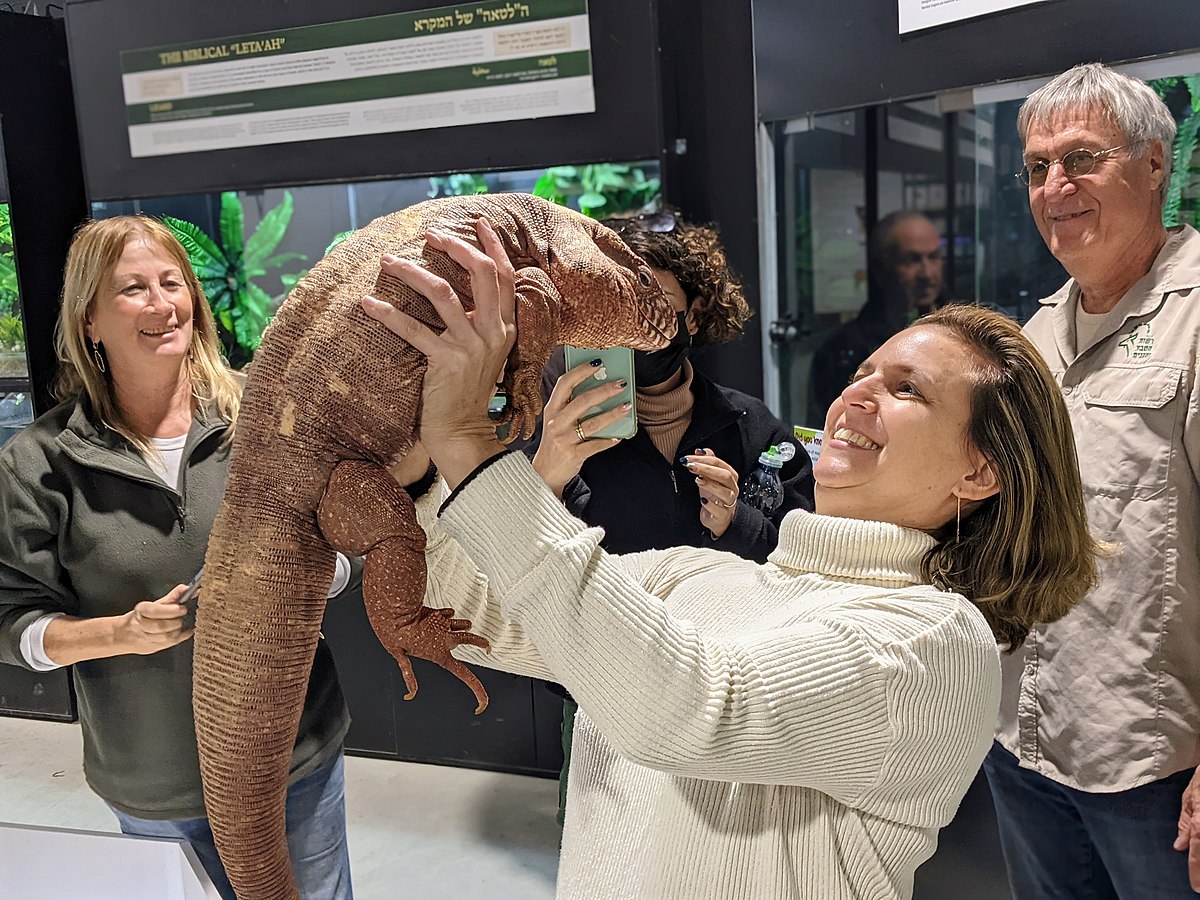

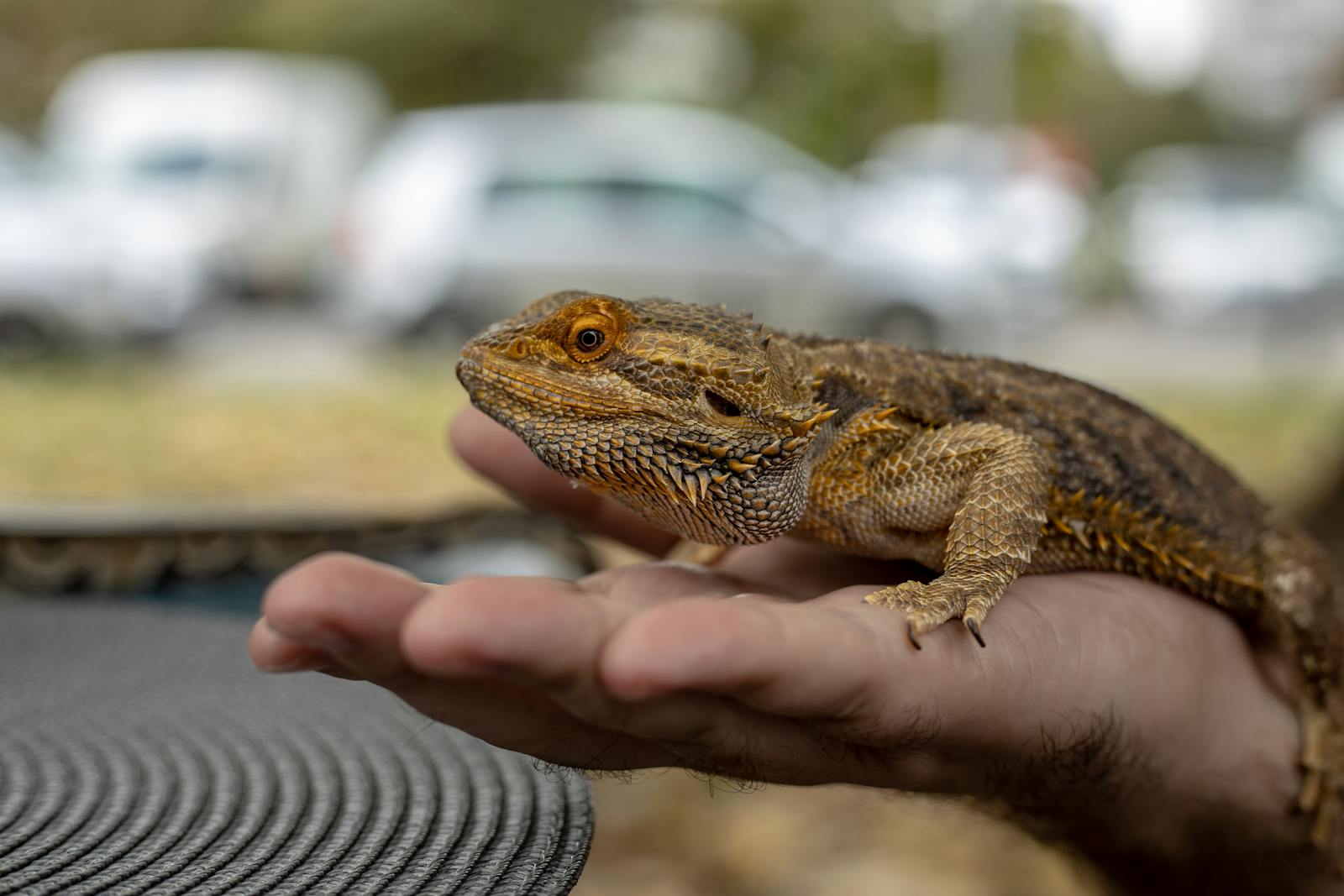
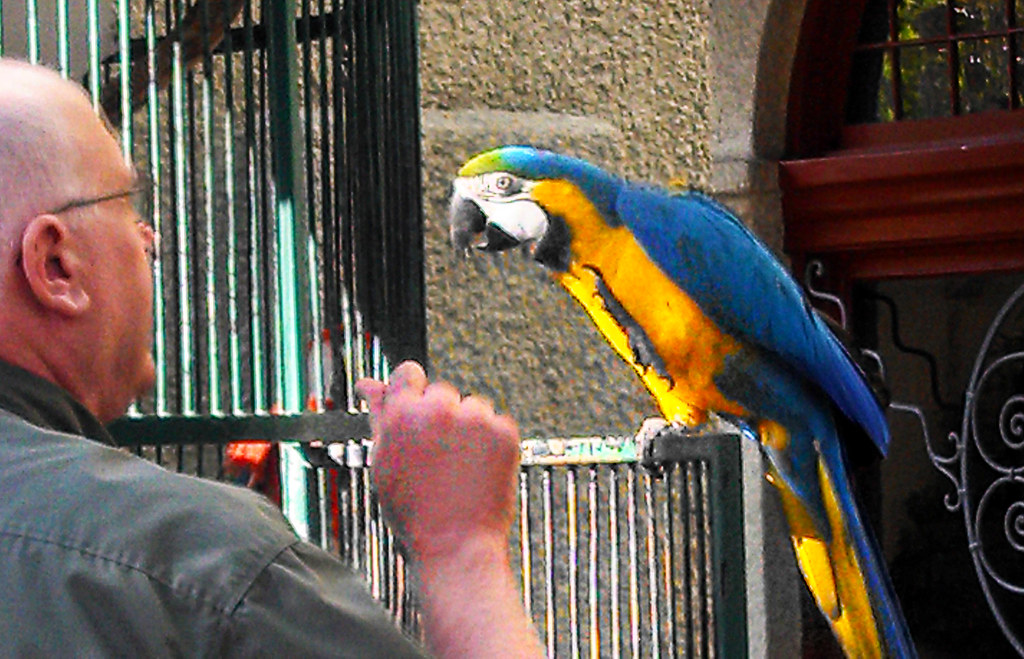
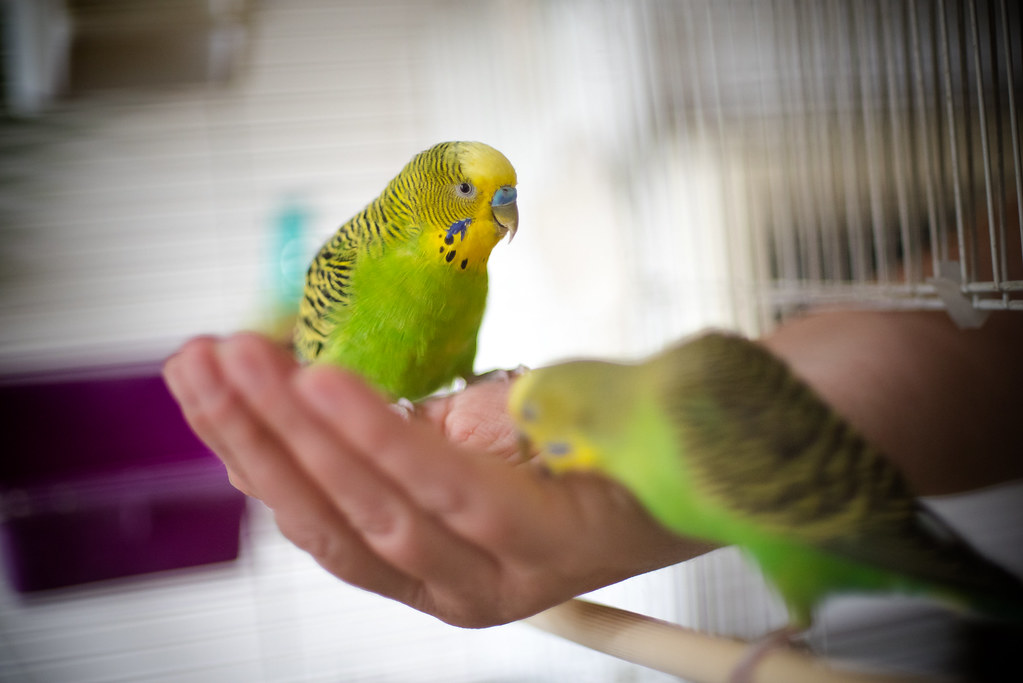
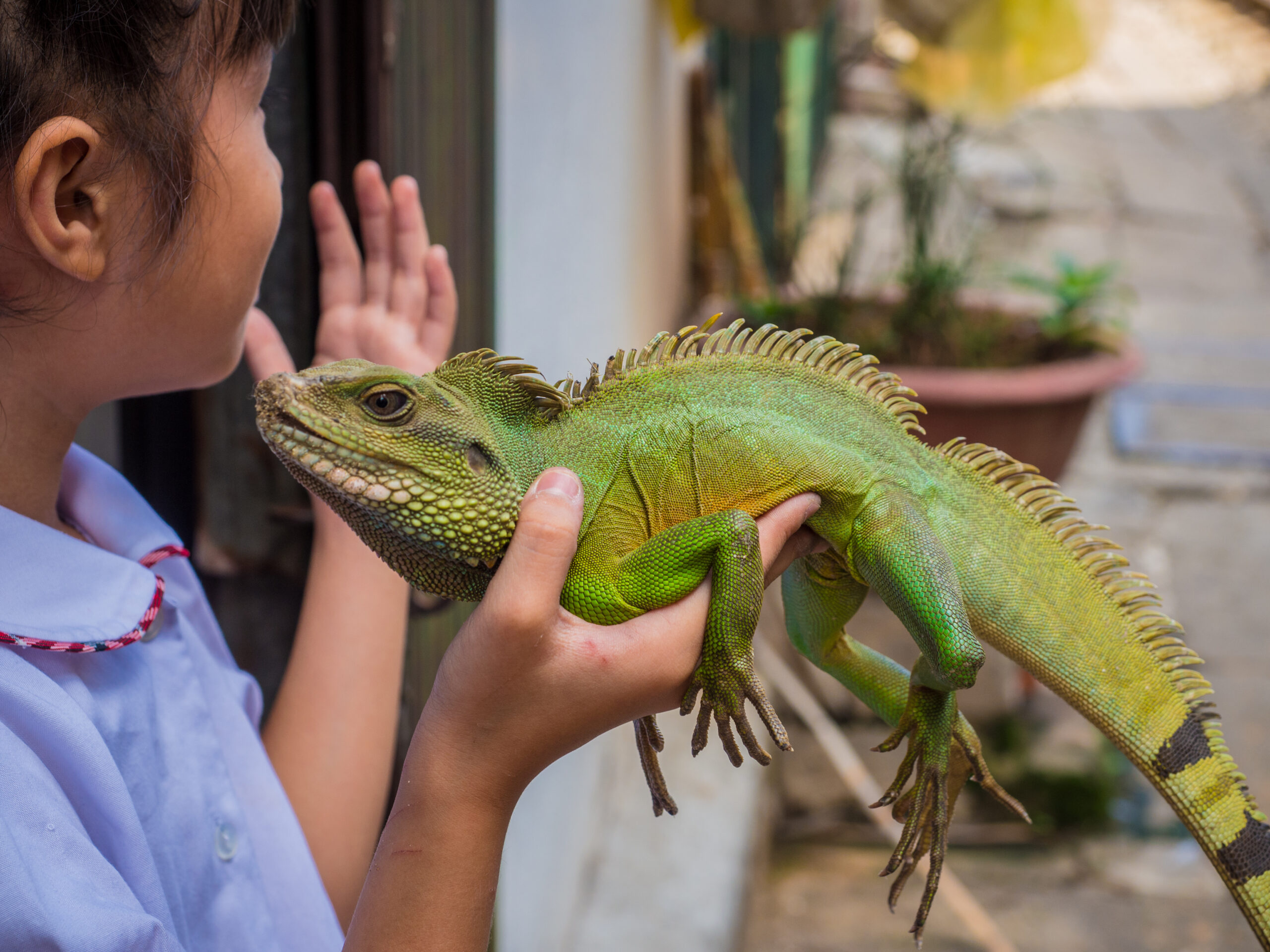
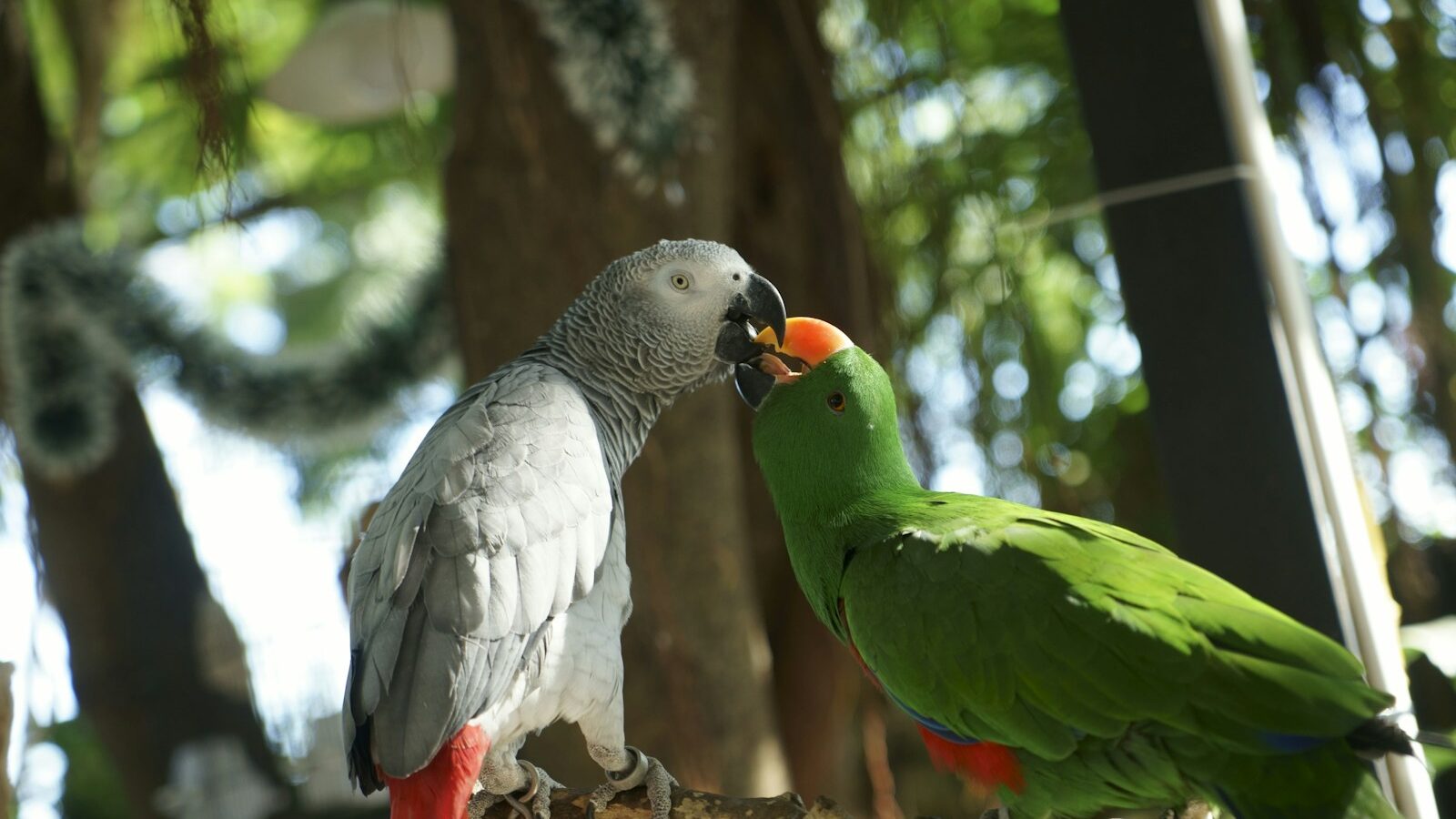
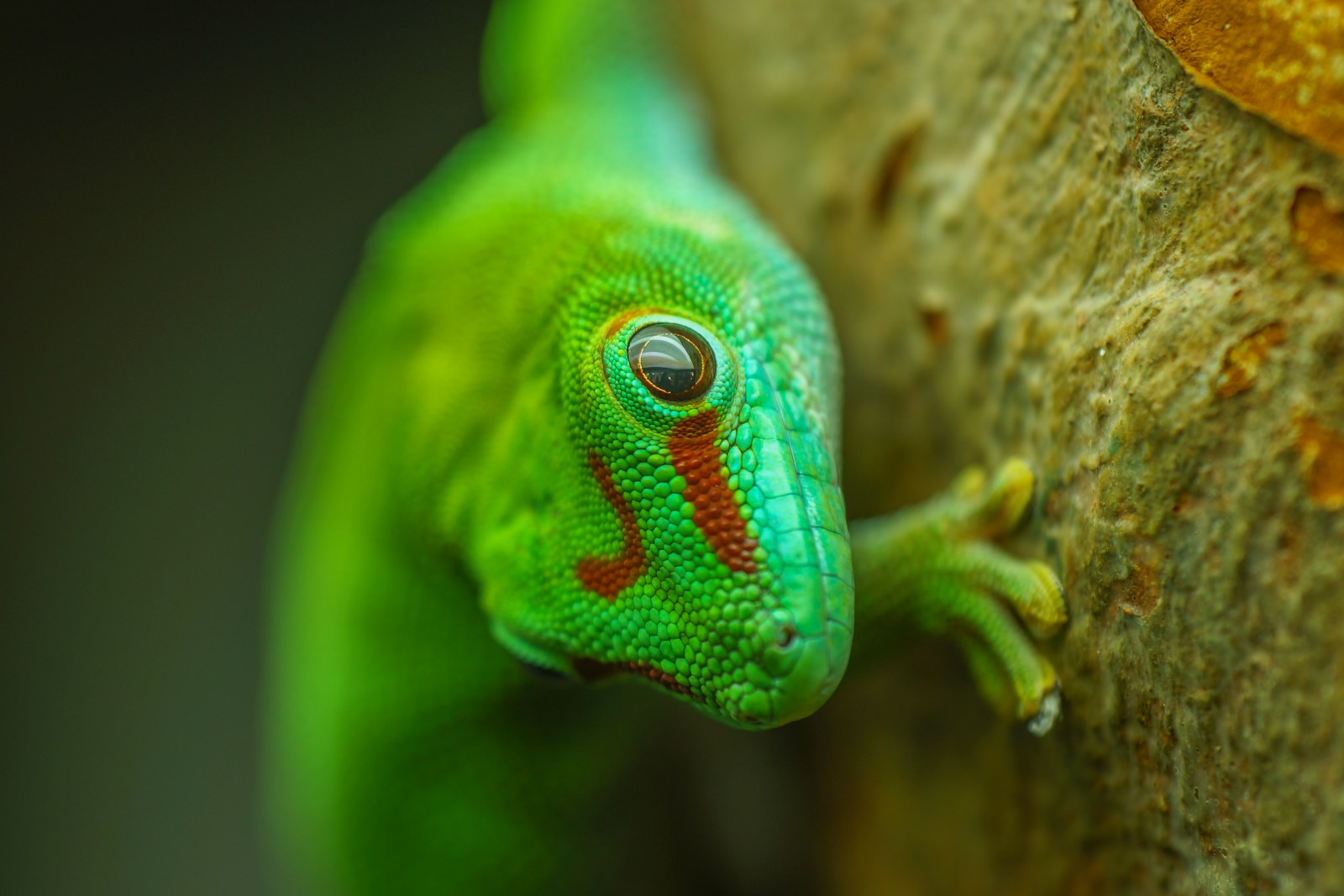
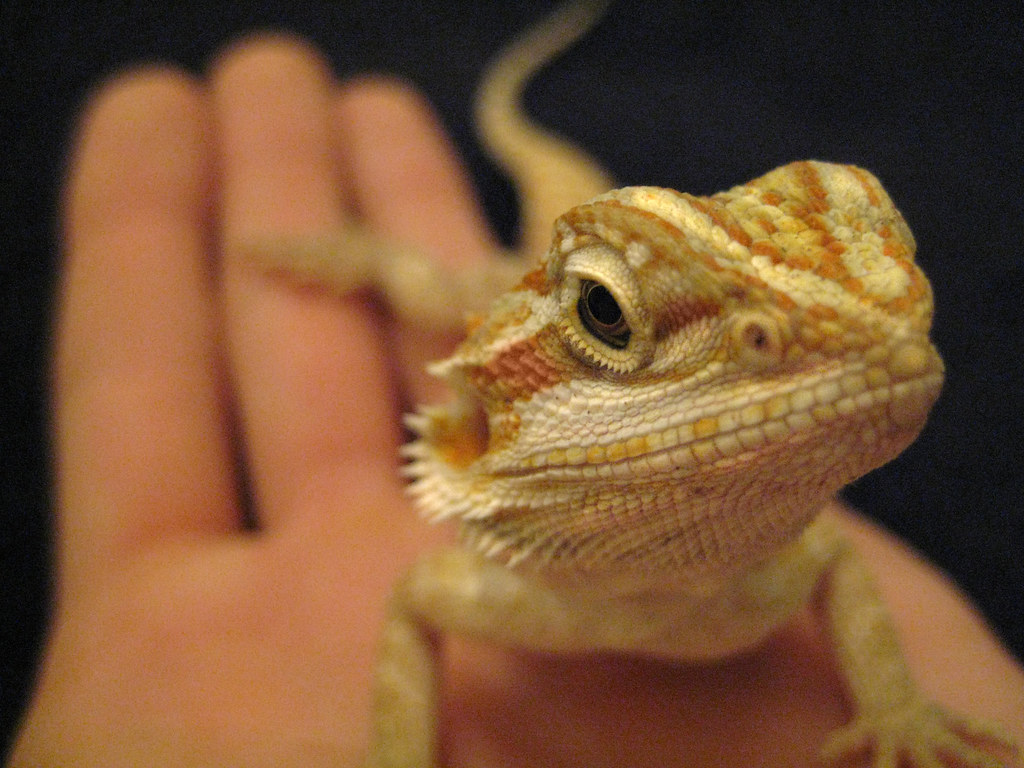
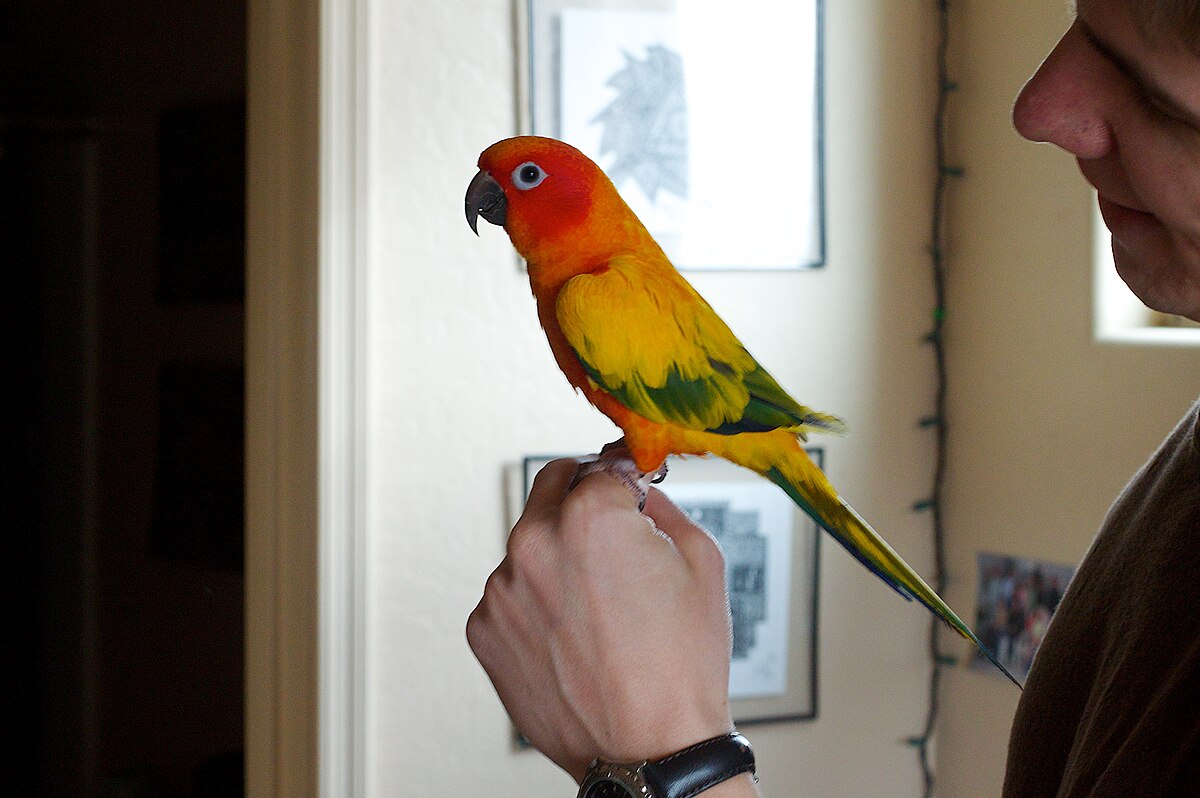
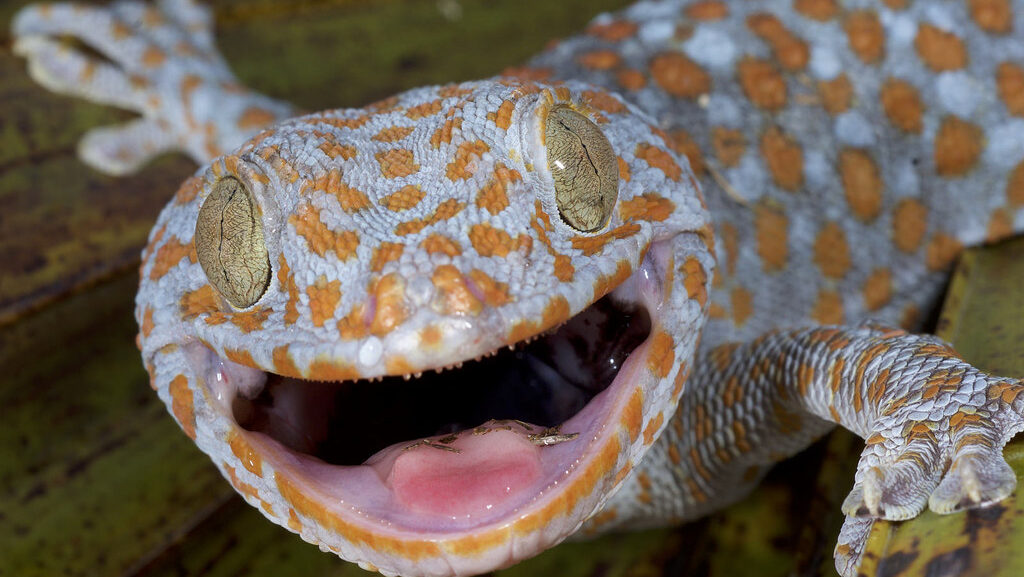



Leave a Reply